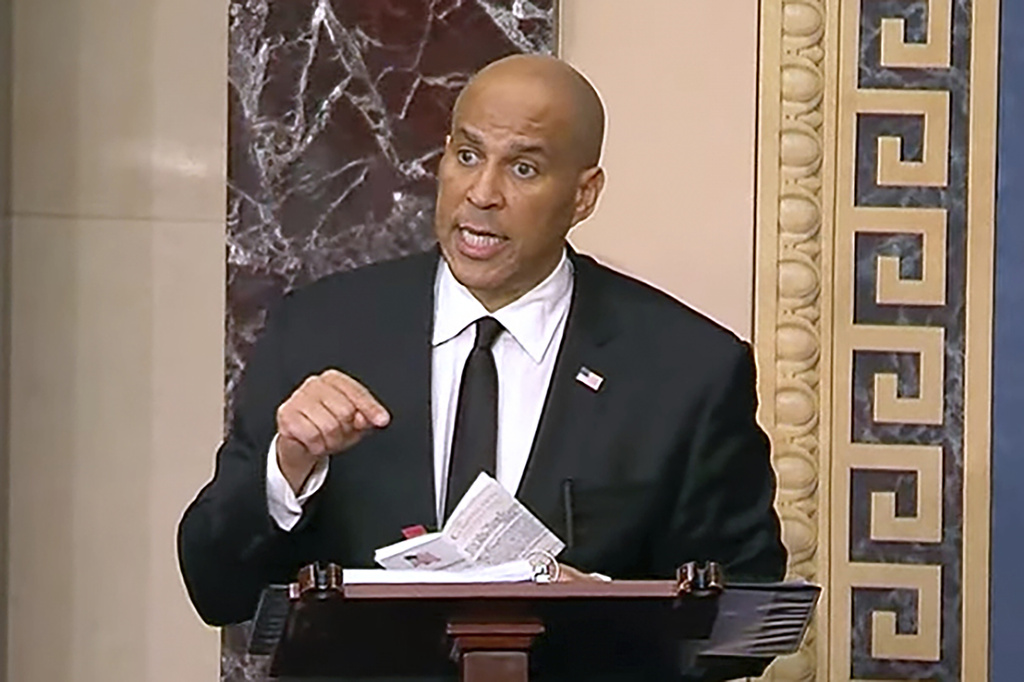Since the start of the 2025 legislative session, Minnesota’s House of Representatives has been caught in an unusual position: a perfect tie. With 67 Democrats and 67 Republicans, no party holds a majority.
This balance only became official in March, after Democrat David Gottfried won a special election in District 40B in a landslide victory. Since the outcome was expected, both parties got a head start and negotiated a power-sharing agreement that now guides how the House operates, including co-chaired committees and bipartisan buy-in required to advance legislation.
From Stalemate to Structure
Even with this planning, the session did not start smoothly. Republicans briefly claimed a one-seat majority before the special election, while Democrats stayed home to deny them a quorum. At one point, both sides threatened walkouts, press conferences turned combative, and a residency lawsuit had thrown the whole chamber into confusion.
But rather than spiral further into gridlock, leaders reached a deal. Until the seat was filled, each party chaired committees with narrow voting advantages. Once the House returned to a 67-67 tie, the agreed rules kicked in: equal committee seats, co-chairs from each party, and shared responsibility.
One major concession from the Democrats was allowing Republican Rep. Lisa Demuth to be named Speaker for the full two-year term. Another was an agreement to a new committee focused on fraud prevention and state agency oversight was formed, with a GOP majority but participation from Democrats.
Why It Matters
This arrangement may sound procedural, but in an era of extreme polarization, Minnesota’s House has been modeling a different way to govern: not by dominating the other side, but by learning to cooperate, or at the very least, coexist.
Of course, disagreements are going to continue. Democratic lawmakers have continued to push back against Republican tactics, including a now-stalled effort to recall all 66 sitting Democratic members, a move that has never succeeded in state history and is unlikely to now.
Still, the rules of engagement have changed. For any bill to move forward, it now needs support from both sides. That means lawmakers must spend more time negotiating and less time grandstanding. It forces a level of collaboration that most legislatures at any level of government have not seen in years.
A Blueprint for Balance?
The approach Minnesota has adopted of deliberate power-sharing is worth watching even if it is an outlier. It may not last forever, or even through the next election. But while it does, it offers a reminder that legislative bodies do not have to default to the kind of dysfunction that seems so widespread these days.
At a time when Americans are exhausted by political division on Capitol Hill and across the country, Minnesota’s tied House has been offering something different: proof that when forced to work together, lawmakers sometimes actually do.
Looking for the latest in your inbox? Sign up for emails from No Labels.
Related
Sam Zickar
Sam Zickar is Senior Writer at No Labels. He earned a degree in Modern History and International Relations from the University of St Andrews and previously worked in various writing and communications roles in Congress. He lives in the Washington, D.C. area and enjoys exercise and spending time in nature.




